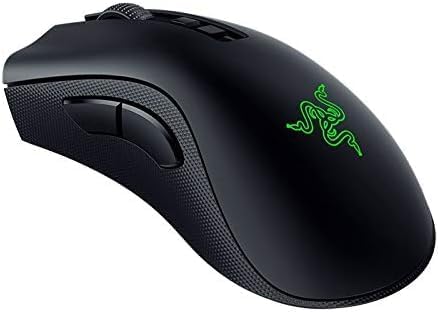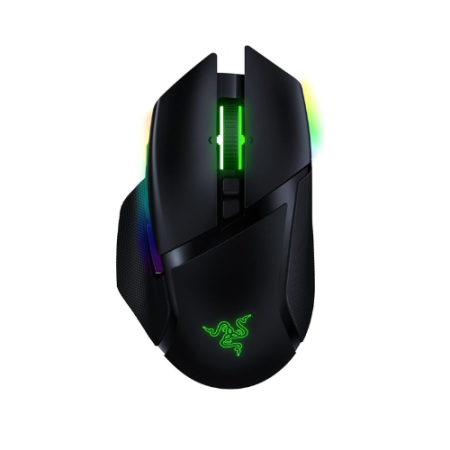When designing a computer, one must pay careful attention to the cooling system since it is an essential component.
Case fans provide airflow inside the enclosure of your computer. It helps pull in cool air and expels hot air. In addition, every fan has a connection to the motherboard. Fan connectors on motherboards supply fans with the energy needed to continue spinning. In certain instances, allow users to change the fans’ speed.
Most motherboards have three to four pins in the CPU fan header. Figuring out the number of fan headers a motherboard has does not provide much of a challenge. You can check for it when looking at the specifications on the manufacturer’s website.
Keep reading to find out what motherboard CPU fan connecting pins are and why your PC needs them.
What Are CPU Fan Header Pins?
On the motherboard, there is likely to be a very small port labeled “motherboard fan connector.” This connection may have three or four pins.
It is a bundle consisting of one pair of wires from the fan and one pair from the motherboard connector will be linked. They are also known as fan connector pins.

SYS FAN and CPU FAN
You need to use a connector system to connect the fan to the motherboard. The terms “SYS FAN” and “CPU FAN” are the terms that are most often used in motherboard manuals when referring to these connectors.
In a technical sense, SYS FAN and the infamous CPU FAN refer to the same connection. Nevertheless, you can use the SYS FAN for the purpose of connecting PC case fans. On the other hand, you can use the CPU FAN to connect the fan attached to the CPU heat sink.
There is no need to worry if you have never used any of these connections previously. Besides, they are very easy to use, and connecting them should not be a problem, even for those without much knowledge.
Why Your Motherboard Needs a Fan
In essence, every motherboard comes equipped with a system header fan in addition to at least one computer processing unit fan header.
This is because your central processing unit (CPU) generates an incredible amount of heat, which necessitates the need for a specialized cooler.
The heatsink, which is responsible for removing heat from the central processing unit (CPU), and the fan, which is responsible for cooling the heatsink, are both components of the computer processing unit cooler.
The additional heat created by your central processing unit, graphics processing unit, and other components has to be dispersed by the rest of your computer to avoid overheating. This is when the role of the system fan comes into play. You will often see it positioned near the back, and the header for its fan is usually very visible.
The Difference Between 3-Pin and 4-Pin Fan Headers
Headers with four or three pins may connect to fans with any pin configuration. Moreover, one main difference is that the fourth pin in a 4-pin header controls the fan’s speed. Without it, the fan always operates at its maximum speed of 100%.
In most cases, you will find the 4-pin fan header close to your central processing unit (CPU), whereas a 3-pin fan header will be located anywhere else. Since there are a variety of designs and formats for motherboards, the motherboard may have many 4-pin fan headers.

Counting the Fan Headers
You should be able to get all the information you want by searching the manufacturer’s website. You can check the model of the motherboard that you now possess or are planning to buy.
It is possible to verify the number of headers for the fans of the CPU, the headers for the fans of the system, and even the headers for the cooler.
There are many different motherboard layouts. Moreover, you will need to carefully and deliberately scan the whole board to count all the fan headers.
In addition, since virtually all modern motherboards have clear labeling these days, you won’t be able to confuse a header for an RGB-led strip with a fan header. It’s easy to check the number of fan headers in a motherboard. You only have to count the number of labels with “SYS FAN” and “CPU FAN.”
Key Takeaways
By adding up the quantities of the system fan headers and the computer processing unit fan headers, you should be able to determine the overall number of fan headers.
If you want more fan headers than the motherboard you want, you may always buy a connector adapter and have it ready to go if you wish to purchase that motherboard.














